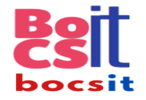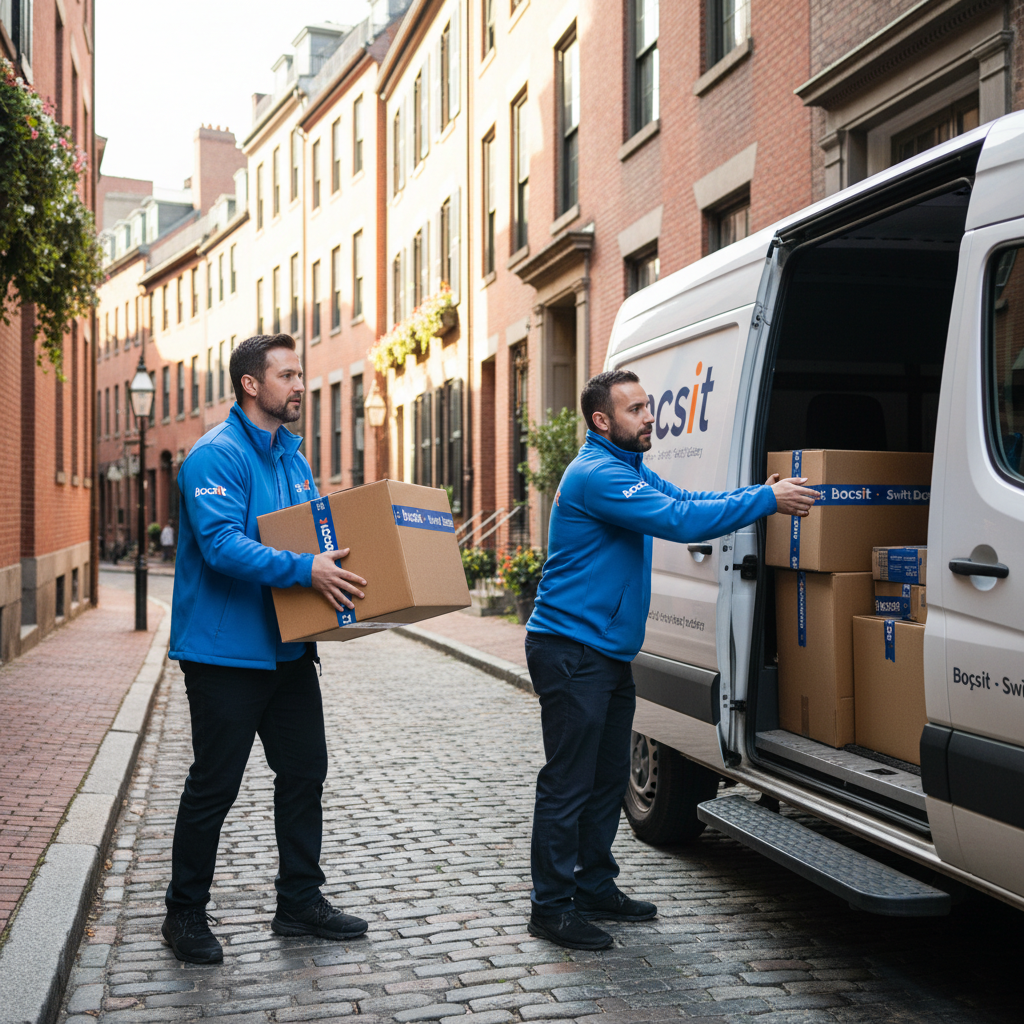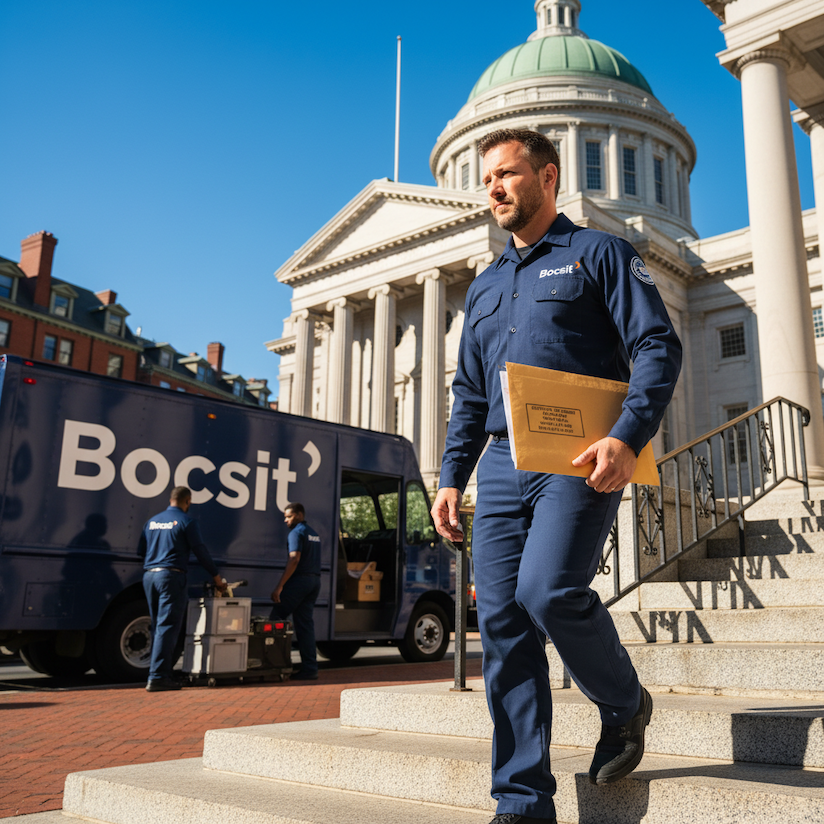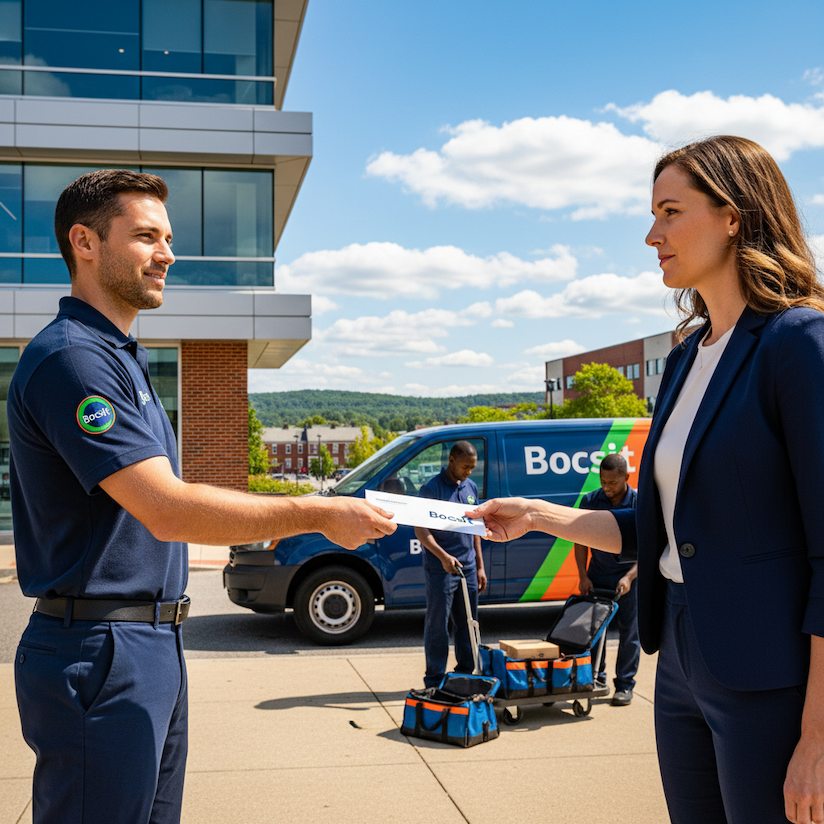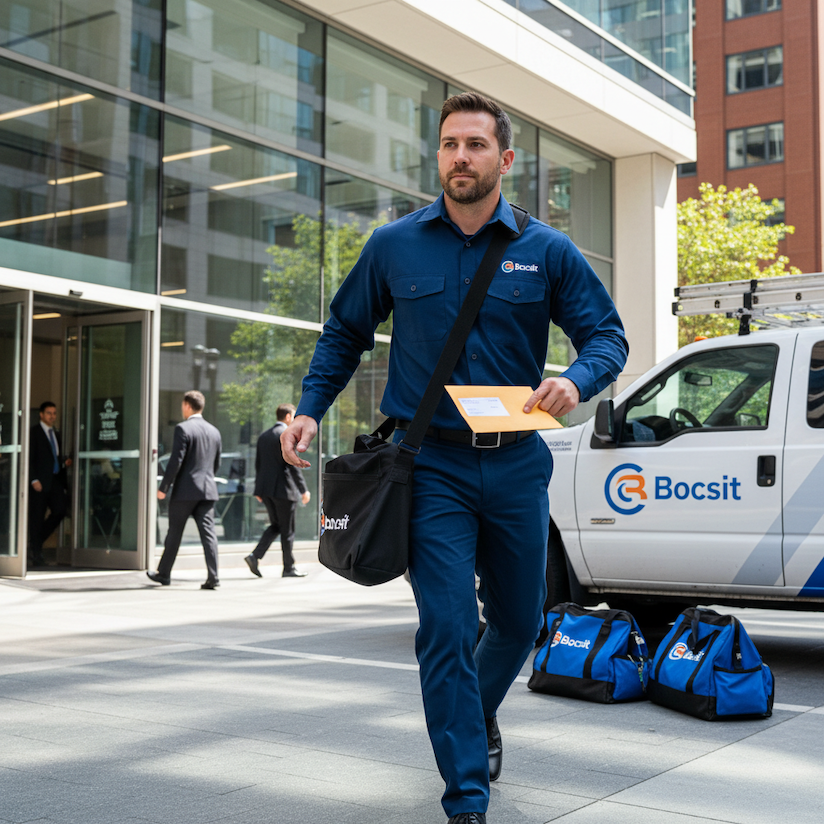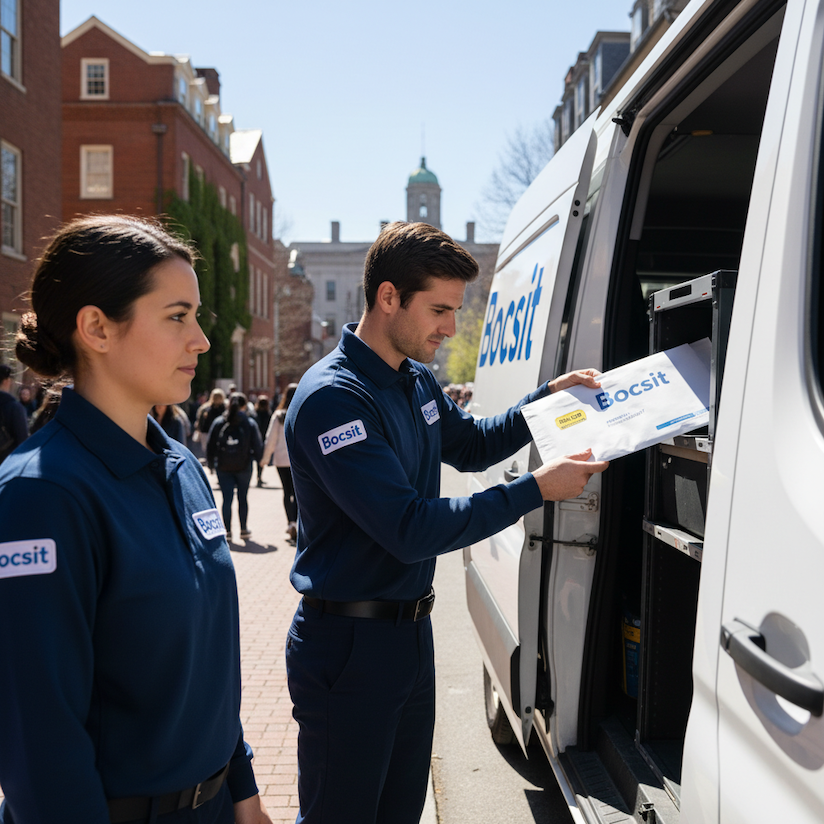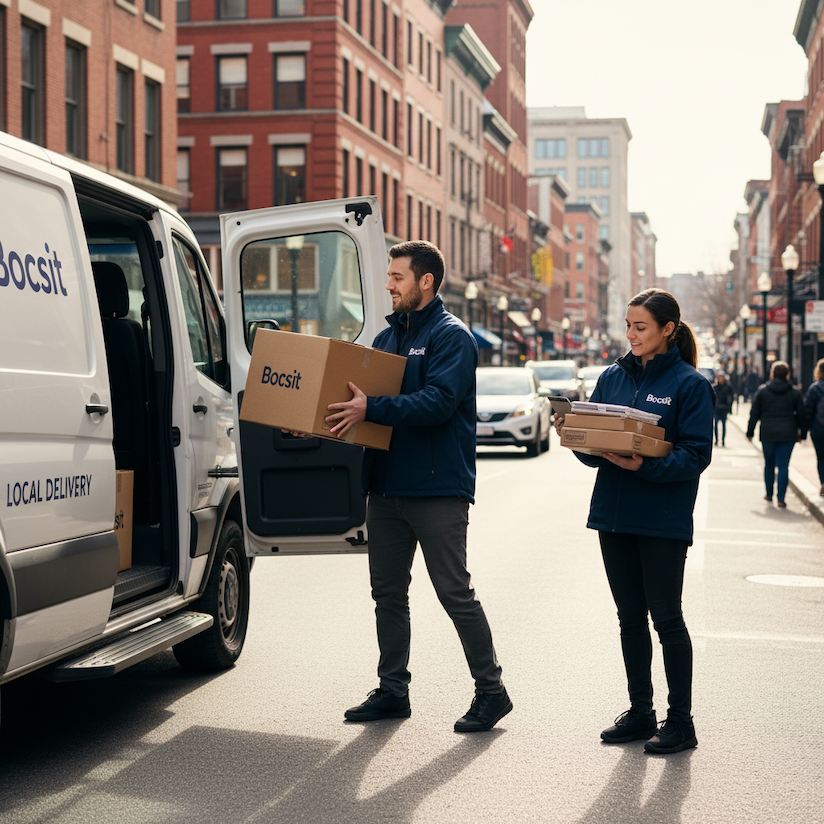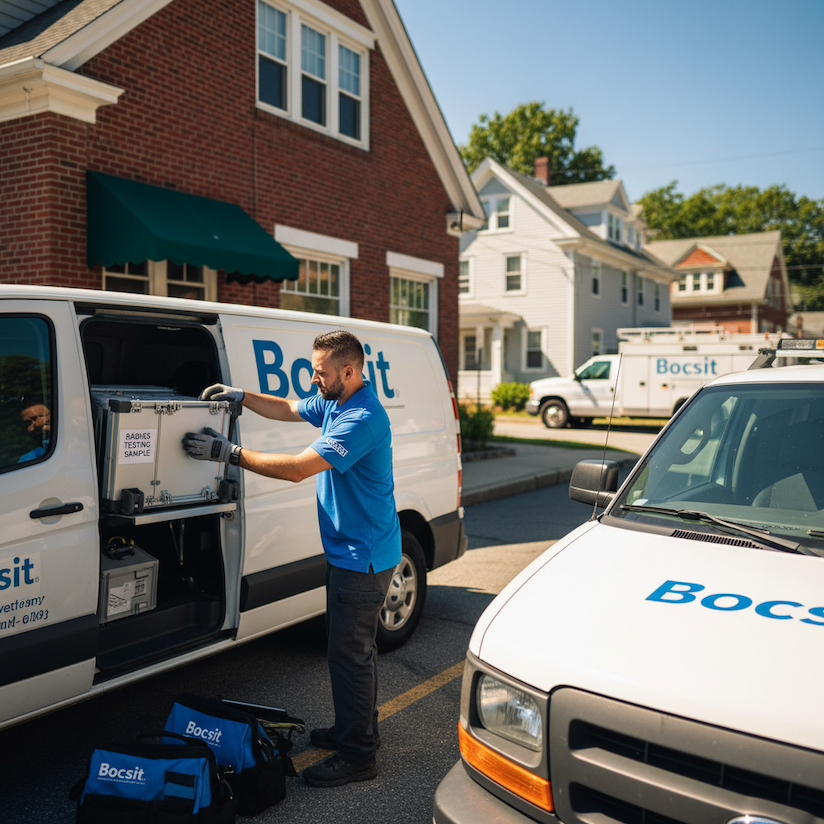Tips for Efficient Delivery Management: Strategies for Success

Introduction
In a world where speed and efficiency are everything, how you manage your delivery operations can make or break your business. It’s not just about getting the product to the customer. It’s about how you optimize the entire process to save on costs, improve speed, and ultimately, enhance customer satisfaction. In this post, we’re going to explore some top tips that can help you streamline your delivery management system.
1. Implement the Right Technology
Investing in the right technology is crucial for efficient delivery management. Modern delivery management systems (DMS) can automate tasks such as route planning, real-time tracking, and delivery updates. This reduces human error and increases efficiency. Look for features like:
- GPS Tracking: Know where your vehicles are at all times.
- Route Optimization: Ensure the shortest or fastest routes to minimize delays and fuel consumption.
- Electronic Proof of Delivery: Allows drivers to collect signatures digitally, speeding up the process.
2. Optimize Route Planning
Efficient routes can significantly decrease costs and improve delivery times. Utilize software that analyzes historical data and traffic patterns to predict the best routes. Also, consider the type of deliveries when planning routes. For instance, heavy goods might need routes with fewer weight restrictions, while perishables require the shortest routes possible.
3. Improve Warehouse Management
Your delivery efficiency is only as good as your warehouse operations. Organize your warehouse to streamline the picking and packing processes, ensuring quick dispatch. Implementing a good inventory management system can reduce errors and speed up the entire supply chain.
4. Train Your Staff
Well-trained drivers and logistics staff can dramatically improve delivery efficiency. Regular training sessions on new technologies, customer service, and safety protocols can enhance performance and reduce accidents or misdeliveries.
5. Use Data Analytics
Leverage data from your DMS to monitor performance and identify bottlenecks. Metrics such as delivery times, idle times, and customer feedback can provide insights into where you can improve. Use this data to make informed decisions about changes to routes, staff performance, and customer service strategies.
6. Foster Good Relationships with Drivers
Your drivers are the face of your company during deliveries. Ensuring they are satisfied and motivated can lead to more efficient delivery services. Regular feedback, rewards for good performance, and proper communication channels can help maintain high morale and reduce turnover.
7. Focus on Customer Communication
Effective communication with customers can reduce failed delivery attempts and improve customer satisfaction. Send out delivery notices via SMS or email, and provide options for customers to change delivery times if necessary. Real-time tracking for customers can also add value by enhancing transparency.
8. Consider Sustainable Practices
Sustainability can also be a part of efficient delivery management. Practices such as using electric vehicles or optimizing delivery routes to reduce carbon emissions are not only good for the planet but can also be appealing to eco-conscious consumers.
Conclusion
Efficient delivery management is a dynamic field that requires continuous improvement and adaptation. By implementing these strategies, businesses can enhance their operational efficiency, reduce costs, and improve customer satisfaction. Start with one area, see the improvements, and gradually implement other changes to transform your delivery operations into a smooth, efficient machine.
Implementing these strategies will help you streamline your operations, save costs, and keep your customers happy. Remember, in delivery management, every second counts!
